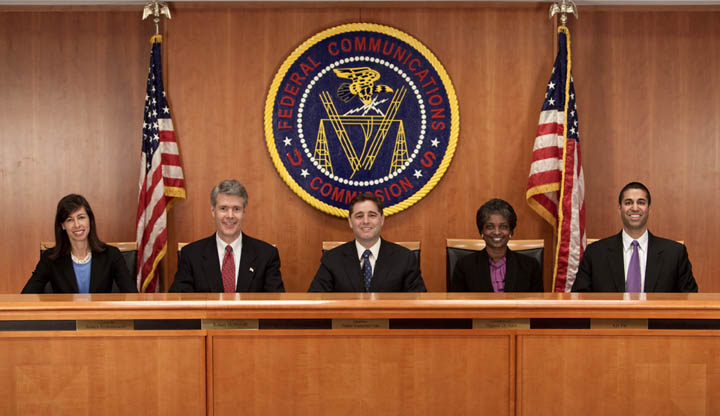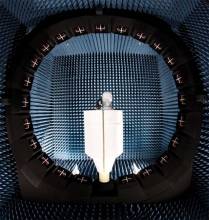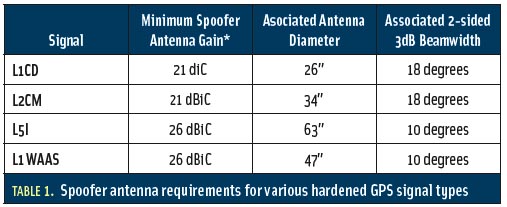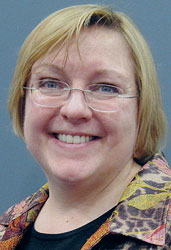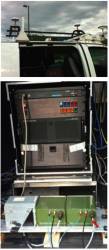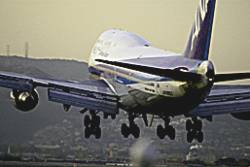Droning On about UAVs
One of my fond memories as a boy growing up in rural northeastern Oregon is sitting on an apple box in the basement of our house reading back issues of National Geographic.
All those wonderful color photos. And the maps, with their little illustrated explanations of Roman ruins in England or Babylonian irrigation practices in the Fertile Crescent!
By Inside GNSS



